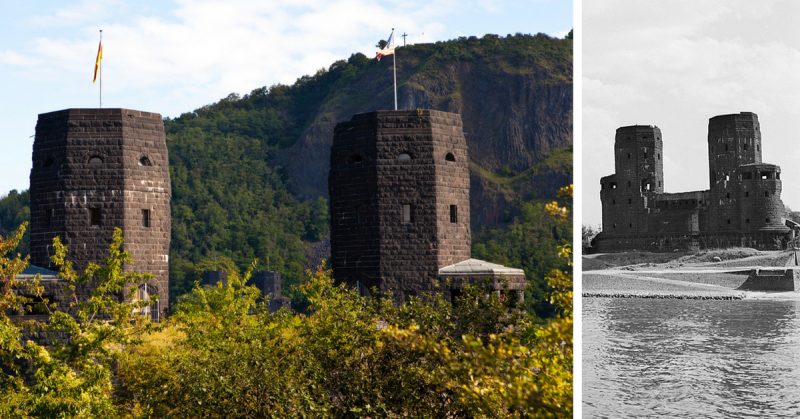Authorities in Germany are selling part of the Ludendorff Bridge, also know as the ¨Bridge at Remagen.¨
The two towers on the eastern portion of the bridge, which were featured in the 1969 movie, ¨The Bridge at Remagen,” are available to the highest bidder, according to the Federal Railway Property fund (BEV).
BEV called the towers “the remains of a monumental bridge construction of national significance to war history.”
They once stood as part of the Ludendorff Bridge which connected the towns of Remagen and Erpel across the Rhine river. The towers up for sales are on the Erpel side of the river.
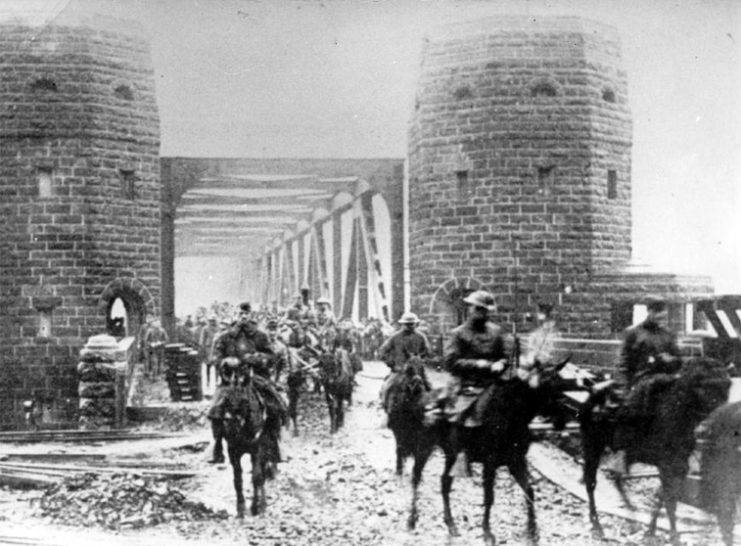
50,000 Allied troops crossed the bridge in March 1945 during their march to Berlin in spite of the Nazis’ efforts to destroy it. It was the first time the Allies had crossed the Rhine. Although the bridge collapsed a few days later, the event was a turning point in World War II.
BEV reports that there are already several parties expressing interest in purchasing the property. No price was set for the towers. Instead, the property will be sold to the highest bidder.
The deadline for making an offer is May 18th.
The property is not exactly “move-in ready” though. According to the property listing, “the duty to ensure public safety must be taken into account.” This is due to the danger of pieces of the towers breaking off and falling on pedestrians or vehicles.
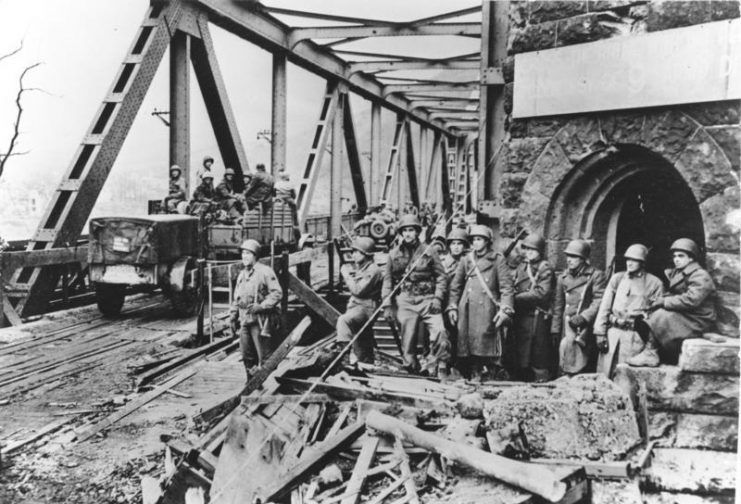
Additionally, the towers may not be used as housing, so there is no option to purchase them and turn them into a hotel or home.
BEV expects the towers to be of interest to historical societies or artists.
The towers on the Remagen side of the river currently house a museum.
Allied forces had known that it would be difficult and costly to cross the Rhine River. Historically, the swift currents have stood as a natural barrier to those with the intention of invading the German heartland. As the Allies reached bridge after bridge, they watched the Germans blow them up before their eyes.
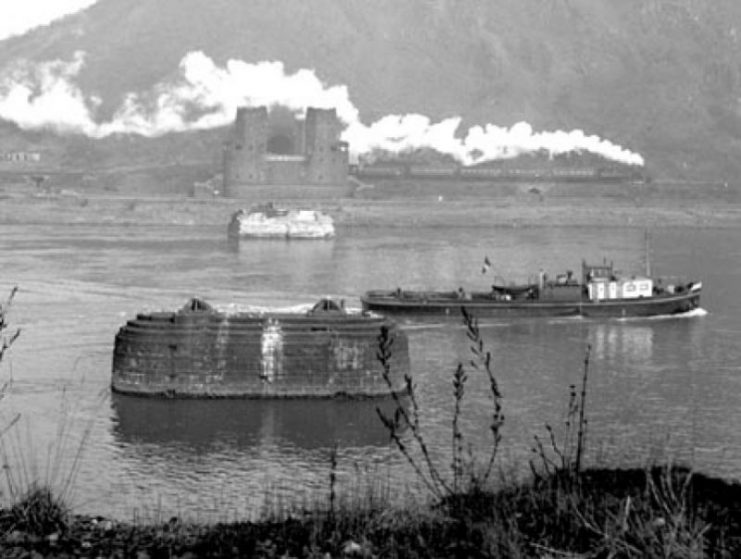
When an advance team saw the Ludendorff bridge was not only standing but there were trains still lined up to cross it, the Allies saw their chance. Determined to save the bridge at all costs, they sped to the bridge.
Later, German soldiers would say that the bridge was scheduled for demolition at 4 pm. The Allies arrived at 3:50 pm. Surprised, the Germans attempted to detonate the charges, but many of the fuses were faulty and the few that actually exploded were not enough to bring the bridge down.
American troops swarmed the bridge and hurriedly began removing detonators, cutting wires and hurling explosives into the river. By the time night arrived, hundreds of Allied vehicles were streaming over the only route across the Rhine, hastening the end for the Third Reich.
The honor for the first invader to reach the eastern shore of the Rhine since Napoleon went to Sgt. Alexander A. Drabik from Holland, Ohio, USA. But Drabik made sure to pass the credit to another American soldier, Lt. John W. Mitchell from Pittsburgh, Pennsylvania.
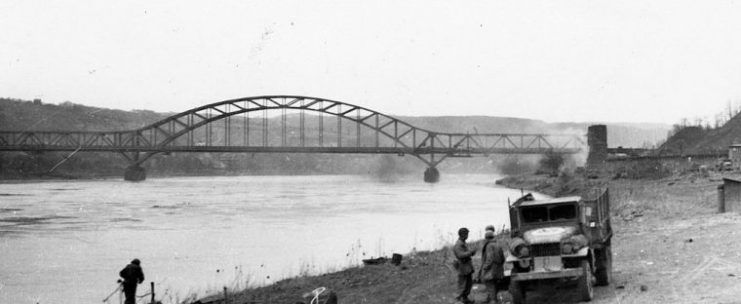
According to Drabik, Mitchell stood on the bridge – completely exposed to enemy fire – cutting wires and kicking the explosives into the river with his feet with no regard for his own safety.
Hitler ordered a heavy assault on the bridge to prevent more Allied forces from crossing the Rhine. Bombs, artillery, and even V2 rockets were aimed at the bridge. The Allies brought the single largest concentration of anti-aircraft batteries in the entire war, just to protect this one bridge.
By the time the bridge collapsed ten days later, five divisions had crossed and the German plans for defense were in shambles.
